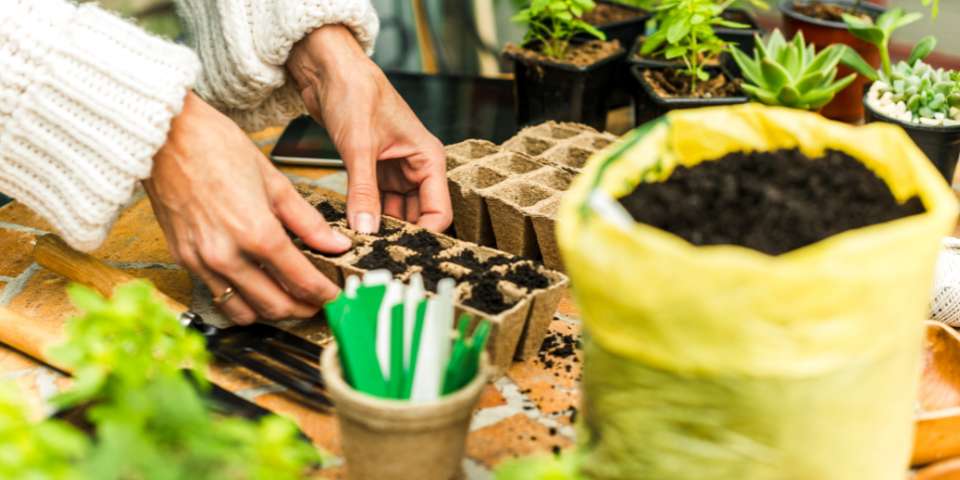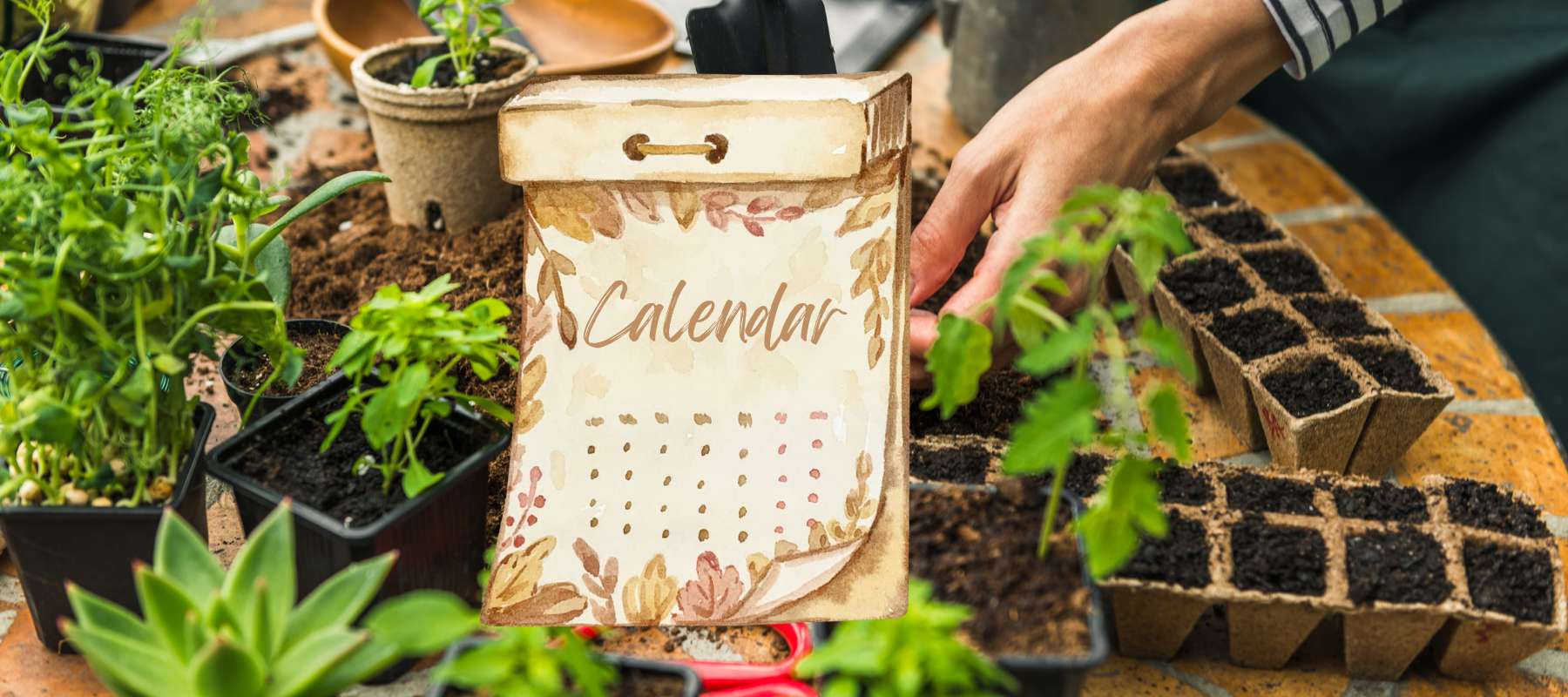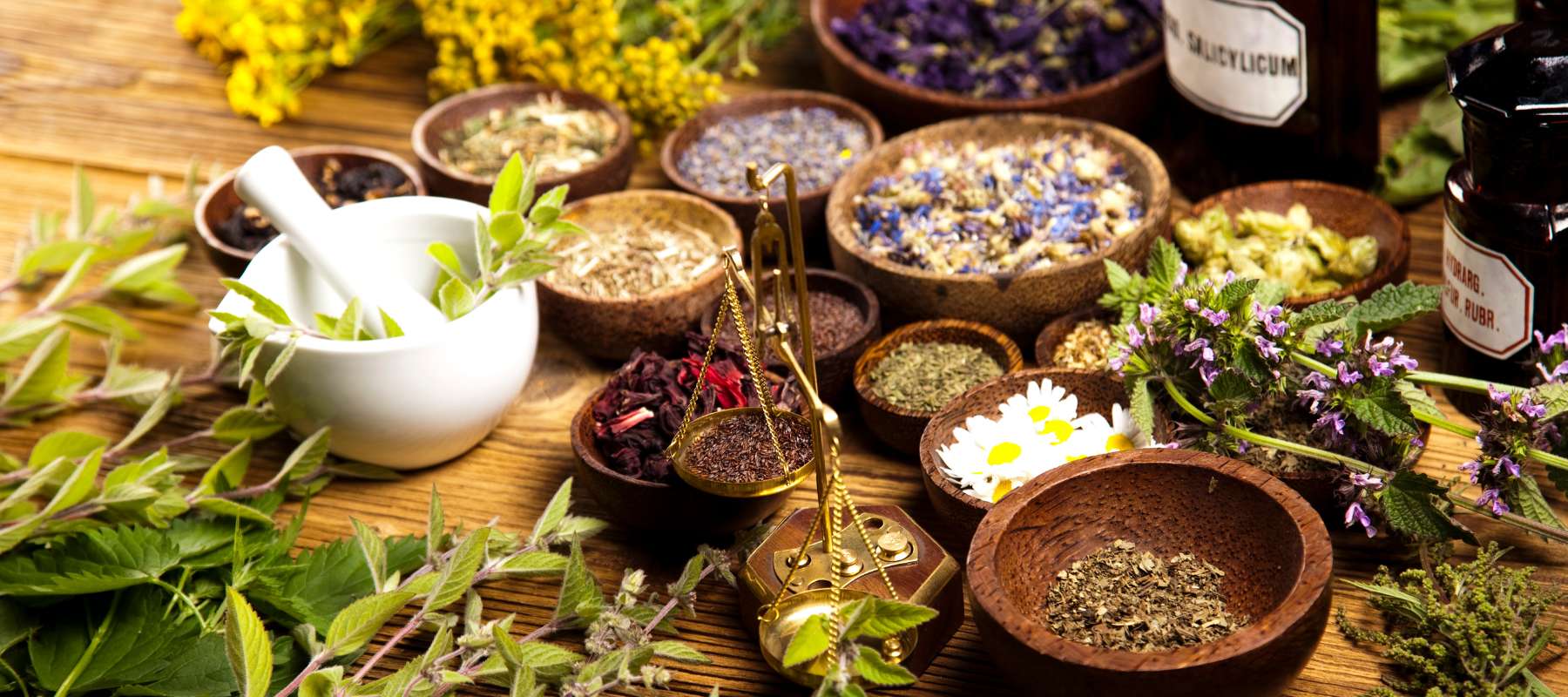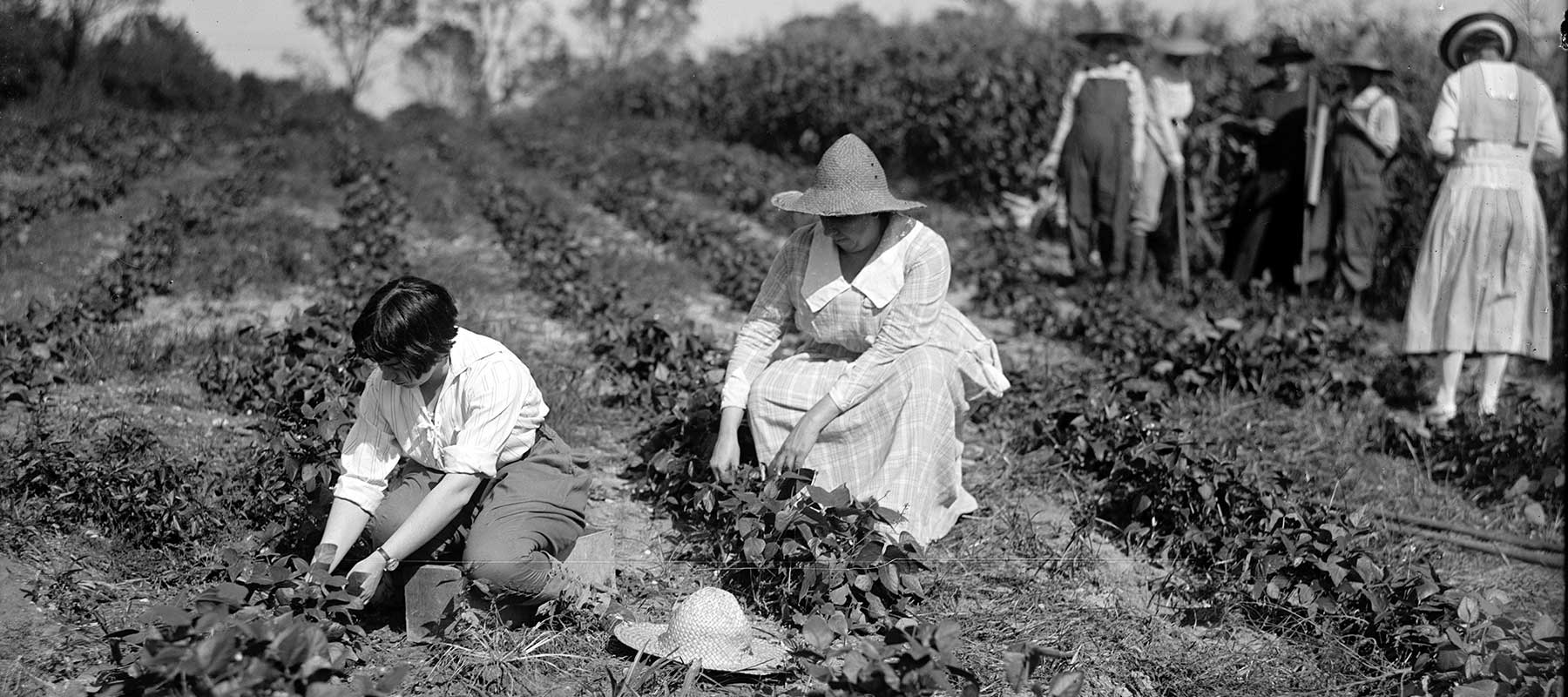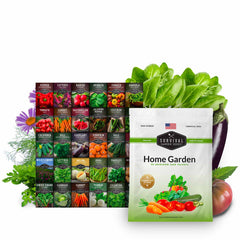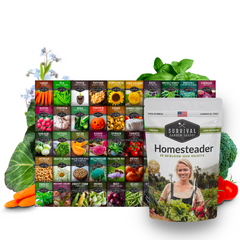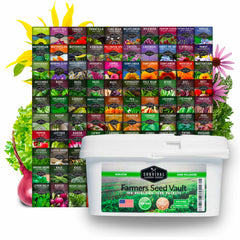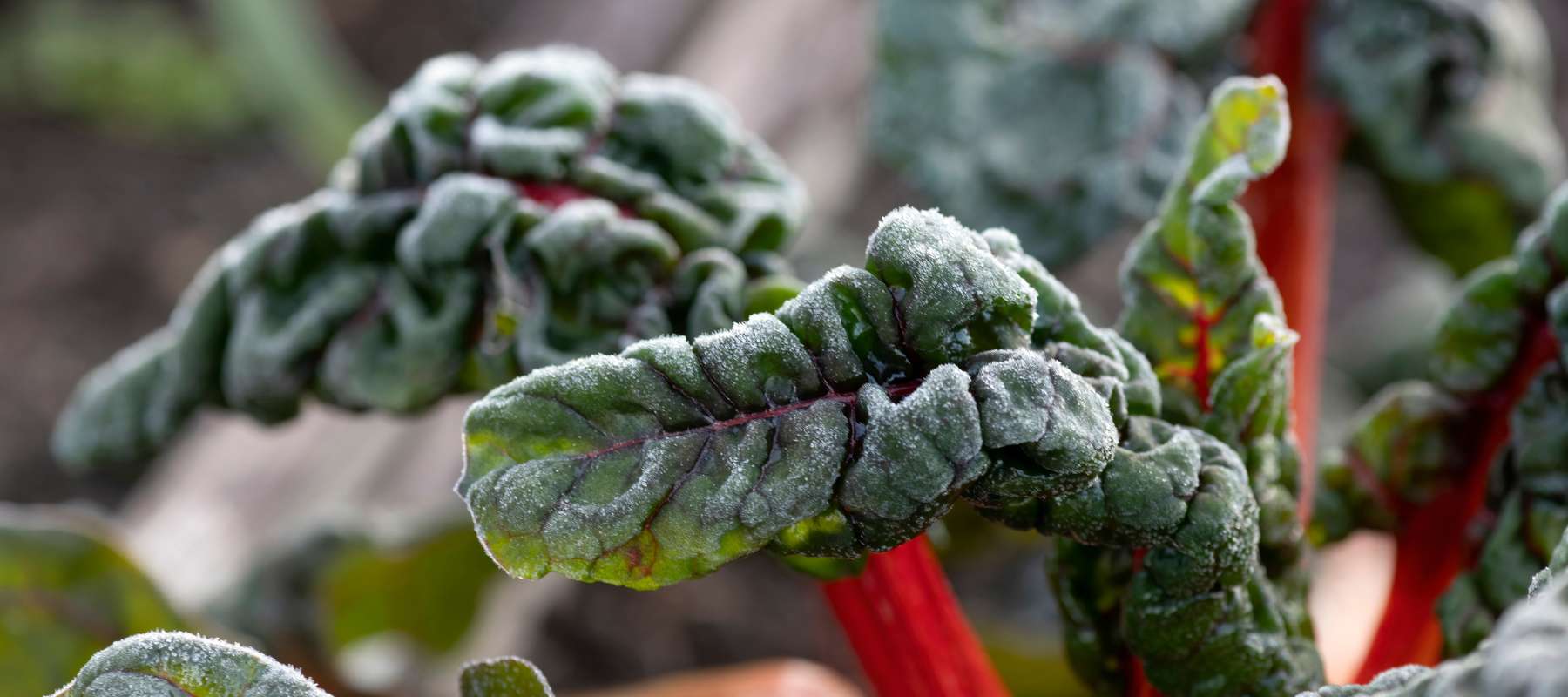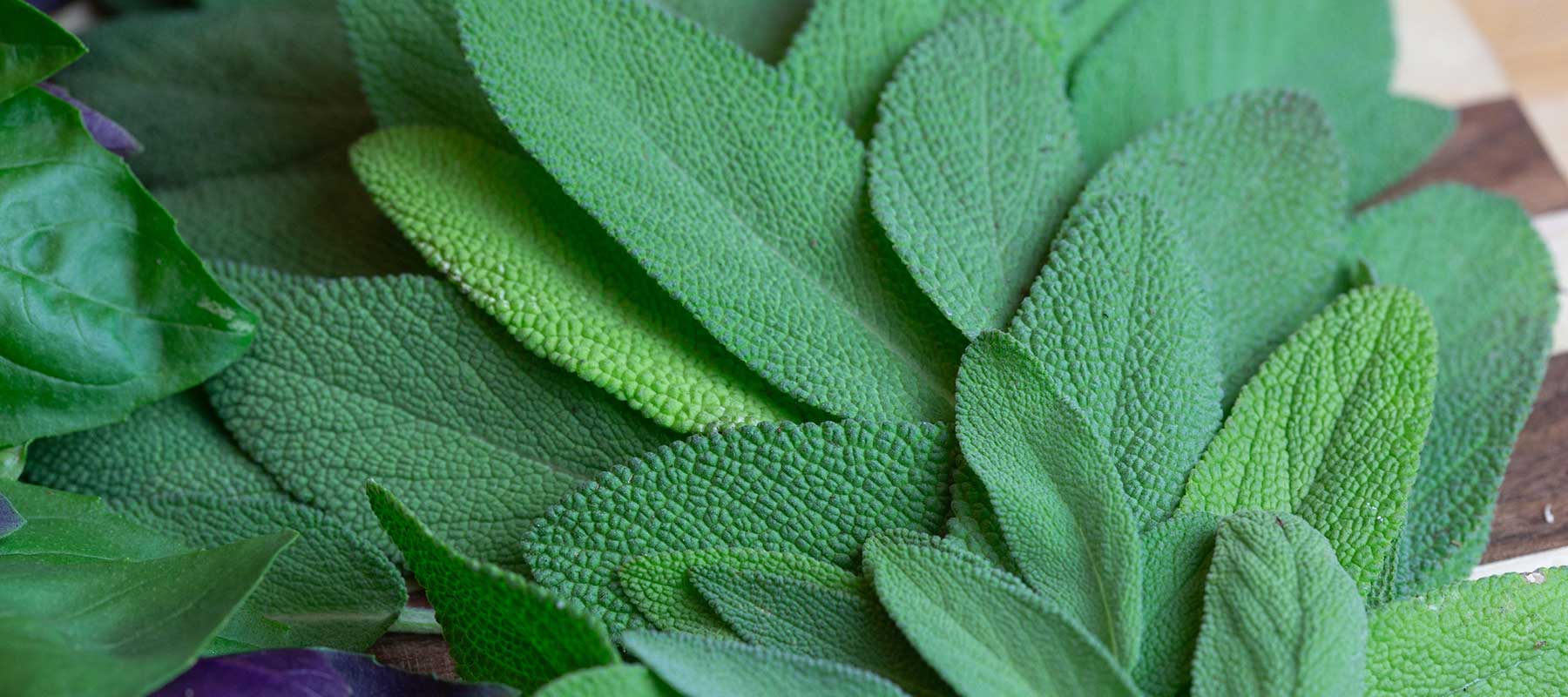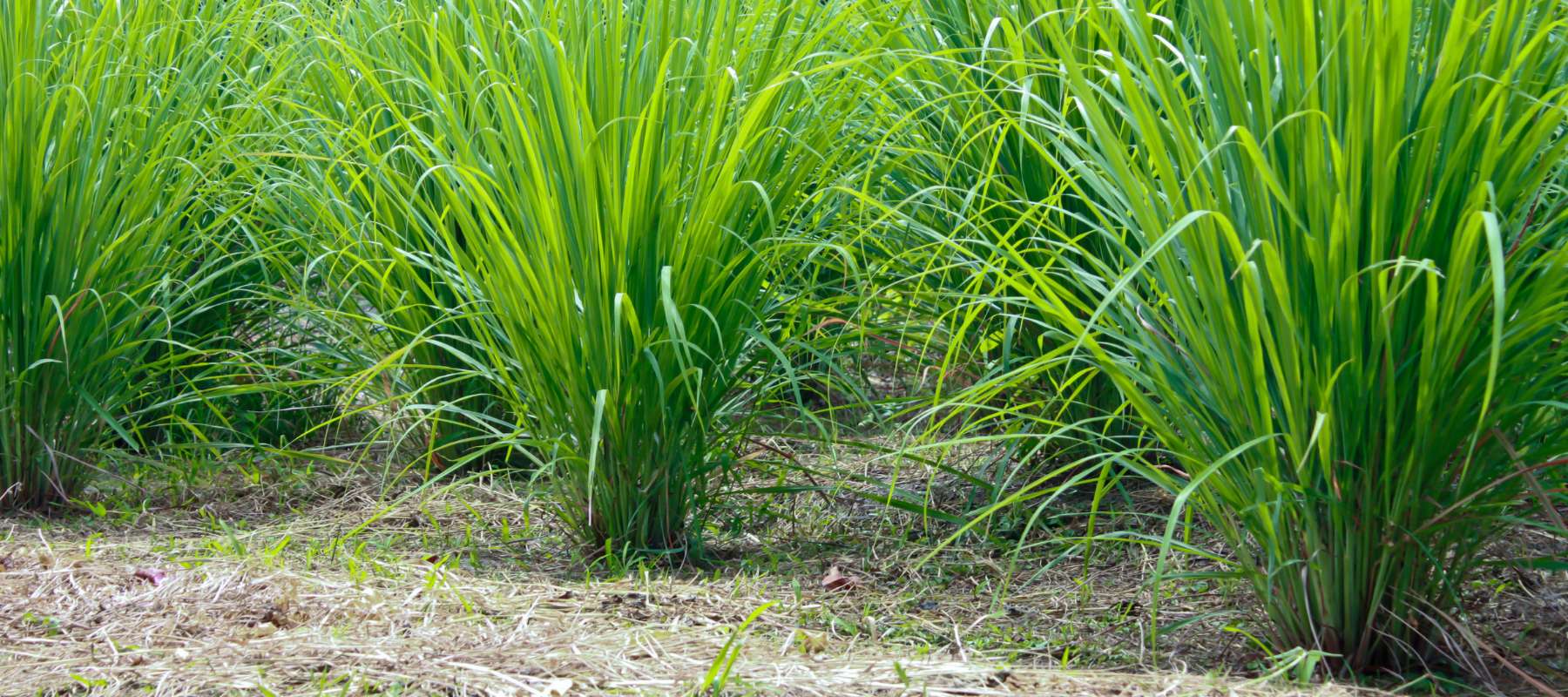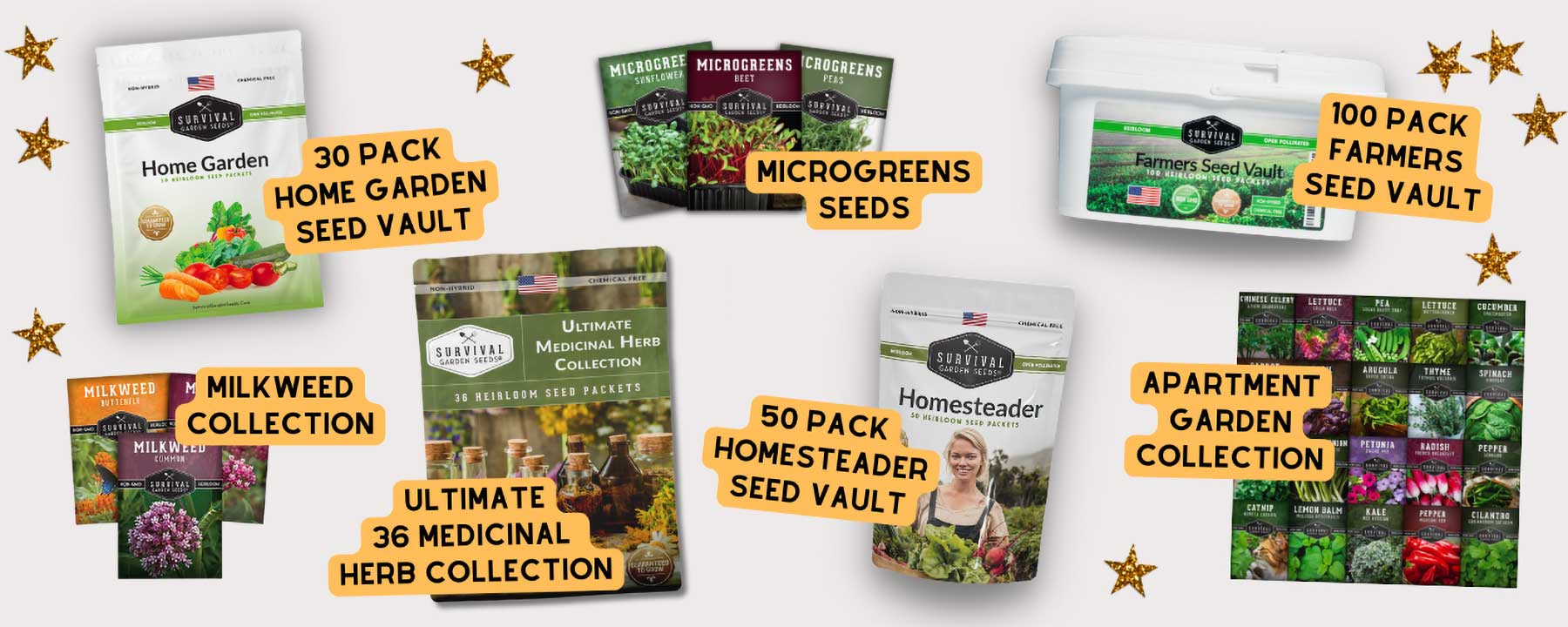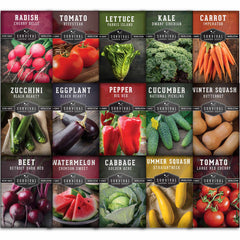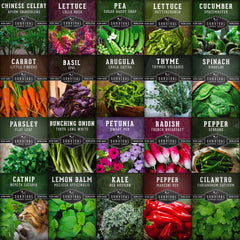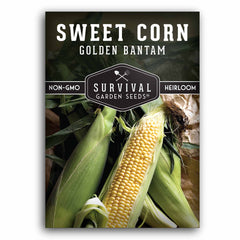Have you wondered when is the best time to start your garden seeds, indoors or out? Survival Garden Seeds wants to help you achieve the most successful garden possible, so we have worked hard to create our new online Planting Calendar by Zip Code Tool
Benefits of the Seed Planting Calendar Tool
All you need to provide is your zip code and the tool will be able to give you important information like your USDA Hardiness zone and your first and last frost dates. In addition, the tool will calculate the indoor start dates, outdoor transplant dates, and plant spacing information for more than 125 different crops. We’ve also broken it down into Spring planting and Fall planting. The crops list includes vegetables, herbs, and flowers. You can even print out your results, so they are always handy!
Using the Seed Planting Calendar
To activate the tool, just enter your zip code. It will then give you your USDA Hardiness zone and the average date for the last frost in Spring, as well as the date for the first frost in Fall for your zip code. This information is gathered from the most recent USDA Plant Hardiness Zone Map that was just updated in 2023 and 2023 climate data from the PRISM Climate Group at Oregon State University.
You will notice there is a slider for Frost Date Probability. By default, the information provided is based on the lowest chance of frost in the Spring. In other words, the default setting is the safest time to plant outdoors.
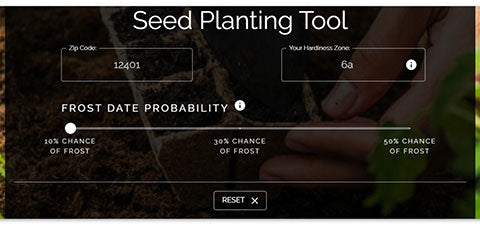
You can also adjust the slider to a 30% chance of frost or a 50% chance of frost. Why did we include this? We did so for a couple of reasons. You might want to start planting earlier if you have a hoop house, greenhouse, or cold frame that will protect your seedlings from frost. Or, you may live in a microclimate that you know tends to be warmer than the rest of your planting zone and feel confident in your ability to plant a bit earlier. Some gardeners will feel comfortable starting certain plants earlier, especially those with frost tolerance. Experienced gardeners or those with land and seed to spare are often willing to experiment with planting times and techniques for extending the growing season. Others would prefer to be as careful as possible with their tender baby seedlings. We'll leave this decision up to you.
Planting Calendar Information Explained
Once you’ve entered your zip code and adjusted the frost slider to your liking, you will be presented with two tabs of information: one for Spring planting, and one for Fall. The Fall planting tab only includes crops that you can sow and harvest before winter. To minimize confusion, we left out those perennials or seeds that might be sown in the Fall for next year’s harvest or flower blooms.
The data columns include:
- Crop - We provide data for the general species and not specific varieties because planting times tend to be similar across the species. However, be sure to read your seed packet for variety-specific instructions.
- Indoor Start - This is the date when you can start planting seeds indoors. If there is no information in this column, then the crop should be sown directly in the garden at the appropriate time.
- Outdoor Planting - This is when you can transplant your seedlings or directly sow your seeds outdoors.
- Cold Stratify - Some seeds, mostly flowers and herbs, require a period of stratification that simulates the cold, moist conditions of winter prior to planting for successful germination.
- Plant Spacing - This is the distance, in inches, that your seeds or seedlings should be planted. Your seed packets may instruct you to start seeds closer together and then thin them to this final distance.
Additional Seed Starting Tips
There are some important things to remember about starting seeds that we were not able to include in the planting calendar at this time. It is always important to carefully read the instructions on your seed packets to make sure you are planting properly. There may be some additional steps to take to achieve successful germination.
Some of those steps may include:
- Cold stratification - as mentioned earlier, you may need to store your seeds in a moist, cold environment for several weeks prior to planting.
- Scarification - you may need to clip or nick the outer shell of certain seeds to ease germination. We have an informative blog post on how to properly stratify and scarify seeds.
- Soaking - some seeds will germinate better if they have been soaked for several hours, up to overnight to soften the outer seed coat before planting
Fall and Winter Sown Seeds

Perennial flowers, particularly wildflowers, and many flowering herbs will benefit from their seeds being sown in the late fall after a killing frost. This is how they are sown in nature. Flowers bloom in the summer and then set seeds that dry up and fall to the ground or are dispersed by wind or wildlife in the Fall.
Fall is a great time for planting some seeds because most weeds have died off and it is easier to plant. Fall planting will allow your seeds to settle into their new home and be ready to burst forth in the spring. Once again, read your seed packet for sowing instructions.
Other Gardening Resources
The new Seed Planting Calendar Tool is just one of the resources we provide for our customers. If you want to learn more about gardening, check out our:
- Free Downloadable Survival Garden Growing Guide that covers starting a survival garden from beginning to end
- Planting Planners for our main seed collections - Home Garden, Homesteader & Farmers Seed Vaults
- Survival Garden Training Blog that contains hundreds of in-depth articles covering gardening practices, plant information, and recipes
Survival Garden Seeds has always been dedicated to providing our customers with the highest quality heirloom seeds with proven germination rates and prolific yields. Seeds alone will not make a successful garden. We hope that our website content and our new Seed Planting Calendar Tool will provide you with the information to achieve success in your gardening endeavors.
